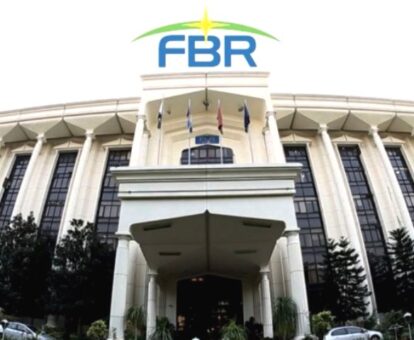Value of perquisites for salary tax computation has been explained under Section 13 of Income Tax Ordinance, 2001. This section is for the purpose of computing the income an employee for a tax year chargeable under the head of salary.
The Income Tax Ordinance, 2001 is a vital piece of legislation in Pakistan’s tax regime, governing how income is taxed and what allowances and deductions are available to individuals. Among its many sections, Section 13 is dedicated to elucidating the value of perquisites, which are non-monetary benefits provided by employers to employees. This section is essential for calculating an employee’s income under the “Salary” head for tax purposes. Let’s delve into the details of this section and its implications.
Section 13: Value of Perquisites
This section focuses on determining the value of perquisites provided by an employer to an employee during a tax year. Perquisites are non-monetary benefits that are included in an employee’s total income for tax purposes.
(1) The section clarifies that its purpose is to compute the income of an employee for a tax year chargeable under the “Salary” head. It explains how the value of any perquisite included in the employee’s salary, as defined under Section 12, should be determined.
(2) It’s important to note that this section does not apply to amounts referred to in clause (c) or (d) of sub-section (2) of section 12.
(3) When a motor vehicle is provided by an employer to an employee for private use, a prescribed amount is chargeable to tax under the “Salary” head for that year. This provision aims to account for the private use of company vehicles by employees.
(5) If an employer provides the services of a housekeeper, driver, gardener, or other domestic assistant to an employee, the amount chargeable to tax under the “Salary” head includes the total salary paid to the domestic assistant for their services, reduced by any payment made by the employee to the employer for these services.
(6) When utilities, such as electricity, gas, water, and telephone, are provided by an employer to an employee, the fair market value of these utilities is included in the employee’s taxable income, reduced by any payment made by the employee for the utilities.
(7) In cases where an employer offers a loan to an employee and either no profit on the loan is payable by the employee or the rate of profit on the loan is less than the benchmark rate, the taxable amount includes the profit on the loan. The benchmark rate is defined as a specific interest rate, and this provision ensures that employees are taxed on the benefit of receiving a low-interest or interest-free loan from their employer.
(8) If an employee uses a loan, as described in sub-section (7), for acquiring an asset or property generating taxable income, the employee is considered to have paid interest at the benchmark rate on the loan or the portion used for acquiring the asset or property.
(9) If an employer waives an obligation of an employee to pay or repay a certain amount, the waived amount is included in the employee’s taxable income under the “Salary” head.
(10) When an employer pays an obligation of an employee to another person, the amount paid is also included in the employee’s taxable income.
(11) If an employer provides property or services to an employee, the fair market value of the property or services at the time of transfer or provision, reduced by any payment made by the employee, is included in the employee’s taxable income.
(12) When accommodation or housing is provided by an employer to an employee, the prescribed amount is included in the employee’s taxable income under the “Salary” head.
(13) For perquisites not covered by sub-sections (3) through (12), the fair market value of the perquisite at the time of provision, reduced by any payment made by the employee, is included in the employee’s taxable income, unless specific rules provide otherwise.
The section provides comprehensive guidelines for calculating the taxable value of various perquisites, ensuring transparency and consistency in the taxation of non-monetary benefits received by employees.
It’s essential for both employers and employees to be aware of these provisions to ensure accurate tax compliance. Additionally, tax laws and regulations may change over time, so consulting with tax professionals and referring to the latest updates from the Federal Board of Revenue (FBR) is advisable for accurate and up-to-date information regarding perquisites and their taxation.
